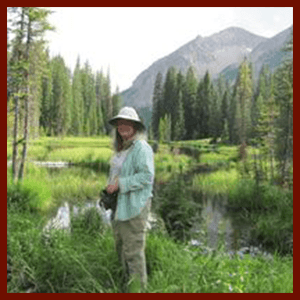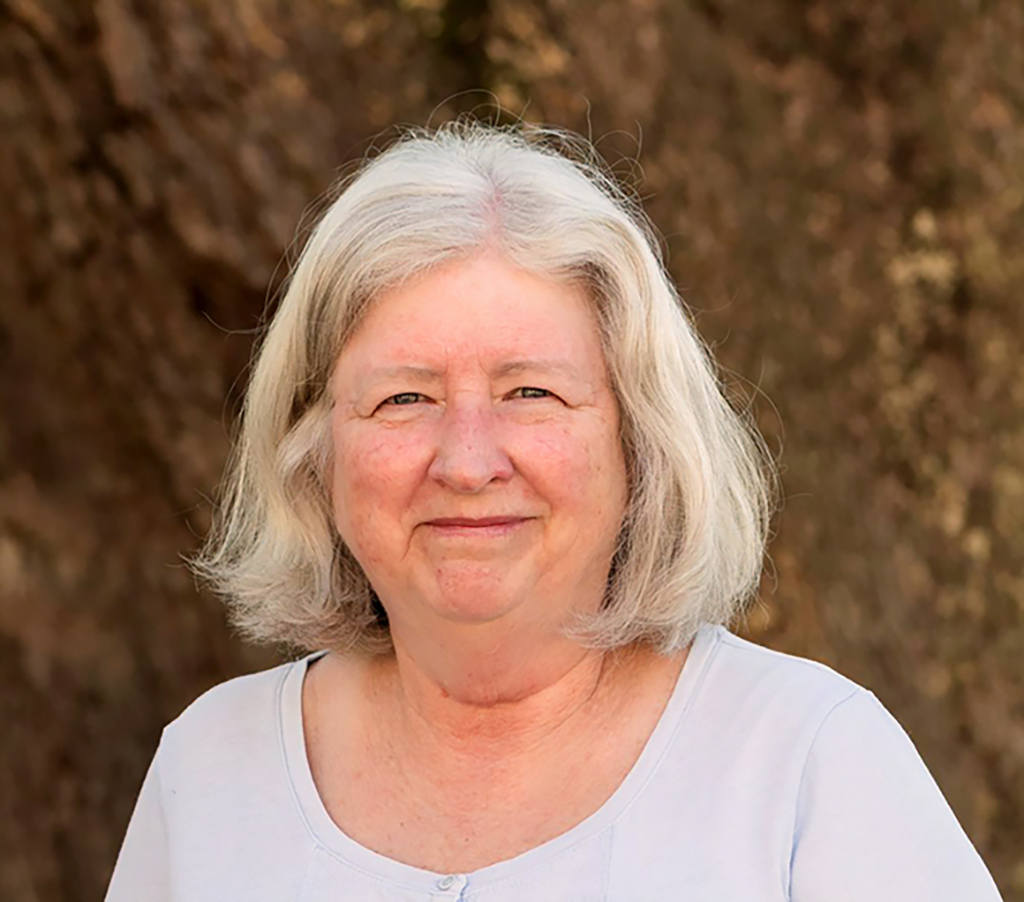
Professor Carol Boggs, a renowned biologist and University of South Carolina professor, has been elected president of the Society for the Study of Evolution (SSE), a leading professional society in evolutionary biology. The honor marks a significant moment in a nearly 50-year career dedicated to investigating evolutionary and environmental questions.
Boggs, who teaches in the School of the Earth, Ocean and Environment and in the Department of Biological Sciences, will fulfill a three-year term, which began in January. While leading the organization, Boggs will organize symposiums and work closely with the society's journals and outreach efforts to bring forward new voices and perspectives, while also collaborating with other professional societies to support scientific research and education.
“All of these activities give me a chance to spotlight exciting work and education in evolutionary biology,” Boggs says. “This is an opportunity to highlight focal areas within the field and tie them into broader societal concerns.”
The presidency adds to an incredible list of professional accomplishments for Boggs, including serving as the inaugural director of the School of the Earth Ocean and Environment at USC. She has previously directed the Program in Human Biology at Stanford University and was appointed a fellow of the American Association for the Advancement of Science and the California Academy of Sciences, among other honors.
Here, Boggs looks back on her journey and shares her vision for the future of evolutionary biology.
Q: How did you feel when you learned about your election as President-elect of the Society for the Study of Evolution?
Humbled, thrilled, amazed. Humbled due to the stellar list of previous presidents, many of whom have been giants in the field. Thrilled and amazed because, well, it was happening to me. And excited about the opportunity.
Q: What is one of your priorities during your term as president?
I will have a small discretionary fund to use to support good ideas that will make a difference in evolutionary science and education, including both in the global north and global south. This is particularly critical, given the current political and cultural tensions related to scientific efforts across the world.
Another priority is keeping on top of things within broader society that affect teaching and research in evolutionary biology. We don’t yet have a mechanism to determine what to do in response to instances that impact teaching and research, but we are working on developing a policy on an urgent basis.
Q: How do you see this field of study evolving in the next decade?
I think collaborative research will continue to increase, allowing people to bring together deep knowledge to address broader questions. Hopefully, the people involved will bring more diverse backgrounds to add to what is already happening. Education in evolutionary biology will hopefully be able to take more advantage of virtual reality and AI, to bring stimulating experiences to students.
Q: What advice do you have for aspiring evolutionary biologists?
Read as much as you can and as broadly as you can within the evolution literature. And spend time outside observing organisms, their behavior and their interactions. Much inspiration can come from both activities!
Q: What are some challenges and triumphs you’ve encountered in your career?
The largest career challenge was that I was a trailing spouse at Stanford – that is, my husband was on the faculty, and they wouldn’t hire spouses except under unusual circumstances. This was also long enough ago that universities were just starting to think about how to accommodate professional spouses. I had to piece together a career for several decades, before moving to South Carolina. The triumph is that I managed to do that successfully, with a strong scientific record including election as a Fellow of the American Association for the Advancement of Science (AAAS) while still at Stanford.
Q: Explain your work on the silver dots seen on some butterflies.
The silver dots work (Journal of Experimental Biology, 2023) was in collaboration with USC professor Dan Speiser and his former doctoral student Dan Chappel. Silver spots on butterfly wings occur on various butterflies. When the wings are open, light striking the wings is reflected up through the wings by the silver spots — like shiny aluminum foil. In the process, it makes the orange pigment on the wings look brighter. The orange wing color is used by males to find and identify females. We don’t yet know whether this amplification of the color alters male ability to find females, but it might.
In work currently funded by the National Science Foundation, doctoral student Chloe Keck, Dan Speiser and I are looking at how caterpillar nutrition affects butterfly wing pigment. Knowing the mechanisms by which food stress affects reproduction and survival is crucial both to understanding short-term effects of climate and land-use change, but also to understanding the possible long-term evolutionary effects. My contributions will help us more effectively act to mitigate effects of global change on insects, including both pollinators and pests.

